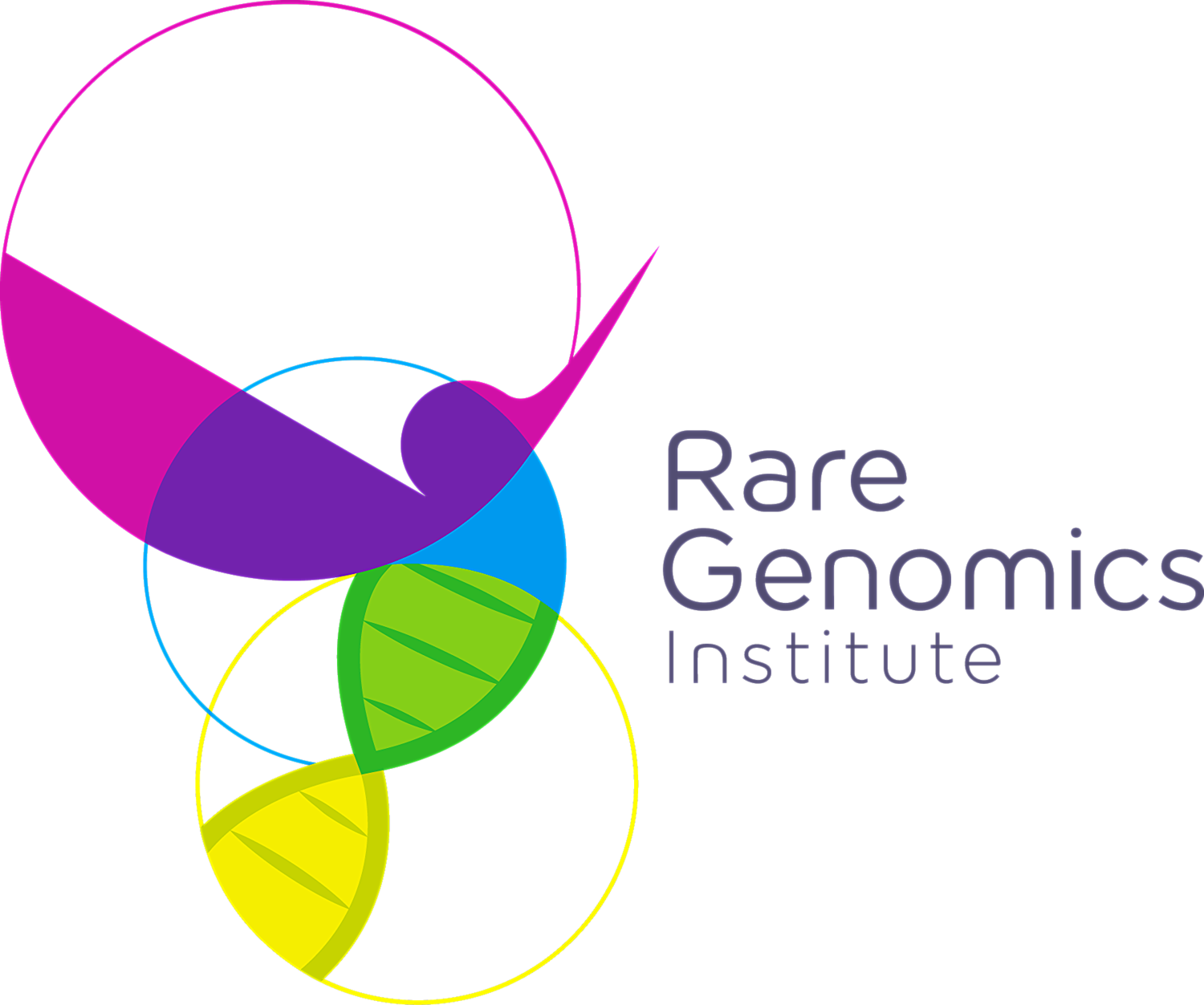Acute Retinal Necrosis (ARN)
What is Acute Retinal Necrosis (ARN)?
Acute Retinal Necrosis (ARN) is a rare, severe viral infection of the peripheral retina that leads to inflammation, necrosis, and potential vision loss. The hallmark of ARN is rapidly progressing retinal necrosis, which is most commonly caused by varicella-zoster virus (VZV), herpes simplex virus (HSV-1 or HSV-2), or cytomegalovirus (CMV) in immunocompromised individuals. In ARN, patients experience rapid onset eye pain, redness, floaters, blurred vision, photosensitivity, and, if untreated, retinal detachment leading to blindness. More information about ARN may be found on the NIH’s website: https://rarediseases.info.nih.gov/diseases.
What is the prevalence of Acute Retinal Necrosis (ARN)?
The estimated incidence of ARN is 1 in 0.63 cases per 1 million people worldwide, though it is more commonly observed in immunocompromised individuals. https://www.aao.org/eyenet/article/diagnosis-and-treatment-of-acute-retinal-necrosis
How is Acute Retinal Necrosis (ARN) diagnosed?
ARN is diagnosed based on diagnostic imaging using fundus photography, fluorescein angiography, and optical coherence tomography (OCT). Examination of the fundus reveals focal, well-demarcated areas of peripheral retinal whitening suggesting retinitis or retinal necrosis. Physical exam reveals vitreous and anterior chamber inflammation, scleritis, conjunctival redness, and elevated eye pressures. A definitive diagnosis is confirmed by polymerase chain reaction (PCR) testing of aqueous or vitreous humor to detect viral DNA.
Is there any specific virus or pathway in Acute Retinal Necrosis (ARN) that has been identified?
ARN is primarily caused by herpesviruses, including VZV, HSV-1, HSV-2, and rarely CMV or Epstein-Barr virus (EBV). The infection triggers severe retinal inflammation, occlusive vasculitis, and necrosis, leading to irreversible vision loss if not promptly treated. HLA-Aw33, HLA-B44, and HLA-DRw6 have been associated with acute retinal necrosis in the Japanese population. HLA-DQw7, HLA-Bw62, and HLA-DR4 have been associated with acute retinal necrosis in the American Caucasian populations.
How is Acute Retinal Necrosis (ARN) treated?
There is currently no cure, but ARN can be managed with high-dose systemic antiviral therapy (e.g., intravenous acyclovir, valacyclovir, or ganciclovir), intravitreal antiviral injections, and corticosteroids to reduce inflammation. In severe cases of retinal damage and late phases of retinal necrosis, retinal detachment can occur, requiring surgery (vitrectomy with laser photocoagulation). More information on treatment may be found here: https://rarediseases.org/rare-diseases/.
Are there any clinical trials underway for Acute Retinal Necrosis (ARN)?
The National Institutes of Health (NIH) has completed 2 clinical trials for ARN. However, there are currently none underway focusing on new antiviral treatments, immunomodulatory therapy, and novel surgical interventions. More information on future studies and patient recruitment can be found here: https://clinicaltrials.gov/.
How can RareShare be helpful to Acute Retinal Necrosis (ARN) patients and families?
The ARN community has 2members. There are currently 1 active discussion underway. New discussions can help connect patients, health workers, caregivers, and families interested in ARN and provide them with continual access to community resources. Find the RareShare community here: https://rareshare.org/communities/acute-retinal-necrosis
